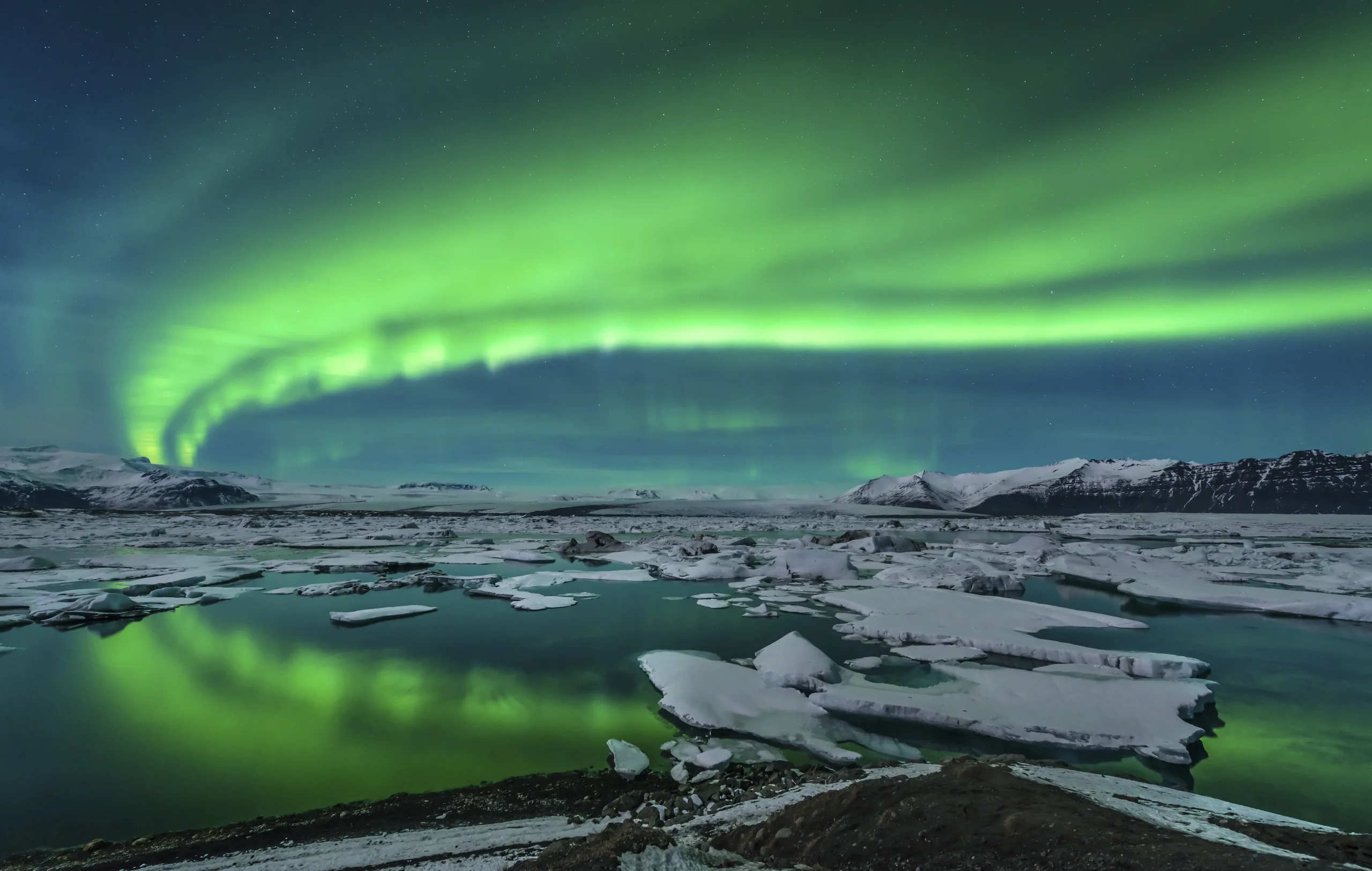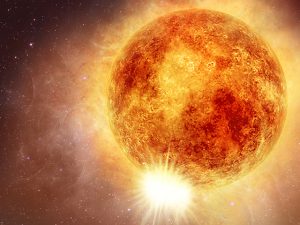Powerful Solar Storm Will Hit Earth Tonight: Northern Lights Might Grace the Skies Soon
27th Dec 2023
Recent celestial activities have turned the spotlight on the Sun, as it hosts a remarkable display of solar flares akin to a celestial punch party. Notably, Christmas Eve marked a significant event, with two M2.9 and M2.6 eruptions emanating from the sunspot region identified as AR3529. Additionally, a supplementary M1.1 flare made a noteworthy appearance from beyond the star’s edge, enhancing the cosmic showcase.
The Weather.com reports we might soon witness another Northern Lights event.
Solar Eruption On Christmas Eve
Solar flares are massive explosions on the Sun that can instantly heat material to millions of degrees. There are three types, and M-class flares, the medium-sized ones, can cause brief radio blackouts over Earth’s poles.
The real star of this cosmic show might be the Coronal Mass Ejection (CME), a colossal cloud of charged particles ejected by the Sun over the last weekend. This celestial behemoth, carrying about a billion tons of the Sun’s plasma, resulted from dramatic eruptions of solar filaments — massive plasma structures on the Sun. Now, the eruption from 24th December is speeding towards Earth, with a potential late-night rendezvous on 27th December.
A Potential “Grazing Blow” might be seen in the UK
Fortunately, current forecasts suggest a “grazing blow” over the north of our planet, indicating the CME might skim past Earth’s magnetic field. This could leave us with a cosmic tickle instead of a full-on geomagnetic storm.
Simultaneously, another filament eruption has birthed another CME, and its trajectory is even more of a puzzle. Scientists are analyzing the data, working to decipher its next move.
What can we expect from this celestial tango? If the CME connects with Earth, our planet might witness a minor G1-class geomagnetic storm on Wednesday when it strikes. G1 storms are the weakest of the bunch, occurring approximately 900 days over an 11-year cycle.
Due to the storm, some high-latitude regions may witness a dazzling display of auroras dancing across the skies. Power grids and satellites might experience minor jitters, similar to phones glitching during a bad signal. Astronauts and airline crews might encounter a bit more radiation, and migratory birds may face difficulty navigating.
While NASA and other space agencies use various models to predict solar phenomena fairly accurately, they aren’t always 100% precise until the CME ventures close enough to our planet. Regardless, it serves as a reminder that our Sun is worth keeping an eye on.






Thank you for your comment! It will be visible on the site after moderation.